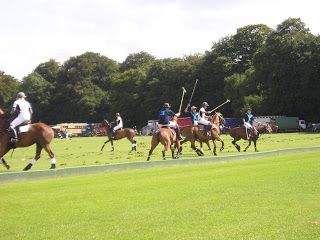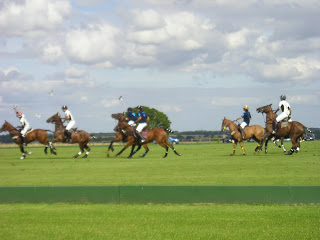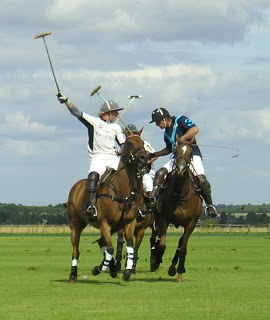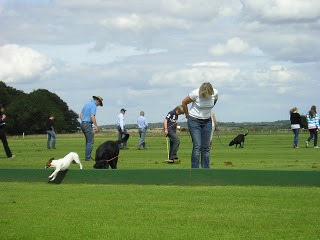The making of mosaic patterns is often associated with the Romans although the earliest known examples pre-date them to 3000BC. Associated with many cultures, mosaic artists still flourish today, an unbroken tradition of five thousand years.
The Hunting Dogs mosaic: head of Oceanus 2nd century AD
In Britain, one of the finest collections of early mosaics can be found in the Cotswold town of Cirencester, situated 93 miles west of London. With a population of 18000, it is one of the larger hubs in the Cotswolds yet has maintained a lot of its old charm for there are still many independent shops as well as the usual High Street chain stores.
History oozes from the very fabric of Cirencester: home to the the oldest agricultural college (Royal Agricultural College) in the English speaking world, founded in 1845; it is also home to the oldest polo club in England (Cirencester Park Polo Club) which was founded in 1894. The charter for the market, still held twice weekly, was first mentioned in the Domesday Book in 1086.
The Hunting Dogs mosaic: Sea Leopard 3rd century AD
However, when the words Cirencester and history are linked together it is the Romans that predominate for their town, Corinium – now modern day Cirencester – was the second most important city in Britain. Corinium lay at the centre of their great road network where Akeman Street, Ermine Street and the Fosse Way all meet, still busy roads today. There are still the remains of a number of their villas in the region that are possible to explore.
The great Roman ampitheatre here was also the second largest in the country with tiered wooden seating for eight thousand spectators. Today, all that remains are a series of banks and ditches, still impressive and well worth visiting.
The Seasons mosaic: 2nd century AD Actaeon being attacked by his own hunting dogs
If there is not a huge amount to see of the original splendour of the ampitheatre, you will not be disappointed by a trip to the town’s Corinium Museum which has recently been extended and refurbished making it one of the best museums in the country. The museum holds over one and a half million artefacts but the most impressive of all of their exhibits have to be the Roman mosaics.
The Seasons mosaic: 2nd century AD
The Seasons is one of the most impressive mosaics in Britain, discovered in Cirencester in 1849, with pictures of goddesses depicting spring, summer and autumn. Winter is missing. In the museum the floor has been laid in an area reproducing a room in a Roman villa.
Detail from the Hare mosaic, 4th century AD
The hare is frequently used in Celtic art and fables but was rarely used by the Romans, making this central motif of the mosaic floor unique. If you click on the photo above to enlarge it, you will see that there have been shards of green glass laid into the hare’s back.
Detail from the Hare mosaic, 4th century AD
The Hare mosaic, 4th century AD
The museum does not just hold Roman aretfacts, it also covers finds from pre-history as well as more recent times such as Saxon brooches and a large hoard of coins dating back to the English civil war, subjects of a later post. The Cirencester Museum is really worth making the effort to visit – you can find out more details by visiting their website, here.












